This article was co-authored by Tu Anh Vu, DMD. Dr. Tu Anh Vu is a board certified dentist who runs her private practice, Tu's Dental, in Brooklyn, New York. Dr. Vu helps adults and kids of all ages get over their anxiety with dental phobia. Dr. Vu has conducted research related to finding the cure for Kaposi Sarcoma cancer and has presented her research at the Hinman Meeting in Memphis. She received her undergraduate degree from Bryn Mawr College and a DMD from the University of Pennsylvania School of Dental Medicine.
wikiHow marks an article as reader-approved once it receives enough positive feedback. This article received 16 testimonials and 90% of readers who voted found it helpful, earning it our reader-approved status.
This article has been viewed 1,407,584 times.
The tongue has the heaviest bacterial amount of any part of your mouth. Nevertheless, many people do not take the time to clean their tongue. When you do not clean your tongue properly, you can have negative side effects. Help yourself avoid bad breath, increased tooth decay, and an unsightly tongue. Make sure you clean your tongue properly.
Steps
Tongue Hygeine 101
-
1Check out your tongue. Look at the different parts of it. It is not a smooth surface, and all those bumps and crevices can harbor bacteria. Half the bacteria in your mouth lives on your tongue. This can form a film over your tongue, and contribute to a variety of health problems. Your tongue should be pink, and stark discolorations should be taken note of and remedied. Be sure to see an oral health professional if you experience any of these things:[1]
- Strong concern regarding changes in the appearance of your tongue.
- Tongue coating persists longer than two weeks.
- If you experience persistent tongue pain.
- White areas or desquamation on the surface of your tongue.
-
2Know how cleaning your tongue helps. When you use a cleaner on your tongue, you do more than just help fight bad breath. You break up the tissue on the tongue, which helps to avoid hairy tongue.[2] You also remove bacteria that can contribute to tooth decay. Poor oral hygiene has been linked to a variety of health issues, and this includes cleaning your tongue.
- It controls unwanted bacteria that can contribute to tooth decay.
- It fights bad breath.
- Improves your sense of taste.
- You get a better aesthetic when smiling or laughing.
Advertisement -
3Talk to your regular oral hygienist or dentist. They will be able to answer your questions thoroughly. Don't just passively sit there during your dental appointments, ask questions when you get a chance. There is no substitute for the expertise of these individuals. Your regular dental health professionals will also be to advise you on questions specific to your health.
Best Cleaning Tools
-
1Pick a style of tool. There are different types of tongue cleaning tools. Scrapers are the most common. Tongue brushes, while relatively recent, are also relatively common. “Tongue cleaners” are common tools that have a series of soft ridges for pulling across the tongue.
- Research shows both tongue scraping and tongue brushing to be equally effective in reducing the plaque.[3]
- Some combination scraper-brushes are also available, enabling you to brush while you scrape.
- You can also use a toothbrush to clean your tongue. Just brush your tongue as you would your teeth.[4]
-
2Determine the material. There are many different materials that tongue cleaning devices are made out of. Metal, plastic, and silicon are common materials. You may find that you prefer one material over another. Give a few different ones a try.
- Stainless steel and copper are two common metals used. Scrapers made from these metals can also safely get placed in hot water for sterilization.
- Plastic scrapers tend to much less expensive, but are not as durable, and will need to be regularly replaced.
- Silicon edges may help to make scraping your tongue more comfortable.
-
3Compare brands. Because there are many different companies that produce similar products, it is important to look at the little differences. Contrast pricing, aesthetic and user reviews online, or even look for coupons before you shop. Ask an employee at the store about what brands are most popular.
-
4Buy your tongue-cleaning tool. Many grocery stores and pharmacies will sell name brand tongue cleaning tools. You can find a tongue cleaner at Indian groceries or order them easily online. The curved copper ones are simple, highly effective, and last a long time. Or you could ask your dentist or orthodontist for recommendations.
Cleaning Tips
-
1Extend your tongue. This is so that you can access the full length. You will want to make sure you clean as much of your tongue as you can. By extending your tongue all the way, you can also help yourself avoid gagging.
-
2Scrape or brush your tongue from the back of the tongue to the front.[5] Do this repeatedly. It is said that it should be done first thing every morning before eating or drinking. It is recommended you do this at least twice a day, with your regular brushing.[6]
- You will get a buildup of residue on the tool. Rinse it off, and continue until you've worked over your whole tongue.
- Be gentle. Do not break the skin or push too hard.[7]
- Only go from back to front.
- Take your time.
-
3Rinse your mouth. Use mouthwash and rinse thoroughly to wash away any remaining loose residue, and to freshen your breath.[8] Try swishing the liquids around a bit in order to make sure your tongue is thoroughly rinsed off.
- Alcohol based mouthwashes can dry your mouth out.
- Try using a mouthwash with hydrogen peroxide for extreme situations.
-
4Keep it up. Now that you've got the scraper and mastered its use, give your tongue daily attention. This is important. Making tongue cleaning a regular part of your daily habit.[9]
Expert Q&A
-
QuestionWhy is there sometimes white stuff on my tongue?
 Cristian Macau, DDSDr. Macau is an oral surgeon, periodontist, and aesthetician at Favero Dental Clinic in London. He received his DDS from Carol Davila University of Medicine in 2015.
Cristian Macau, DDSDr. Macau is an oral surgeon, periodontist, and aesthetician at Favero Dental Clinic in London. He received his DDS from Carol Davila University of Medicine in 2015.
Doctor of Dental Surgery The white deposits on your tongue are usually plaque. Especially when your saliva is more concentrated and the flow is reduced, bacteria gathers on your tongue and gets harder to wash away. Hydrate when you feel your mouth is dry, and if the problem repeats more often, you can even get a scan for your salivary glands.
The white deposits on your tongue are usually plaque. Especially when your saliva is more concentrated and the flow is reduced, bacteria gathers on your tongue and gets harder to wash away. Hydrate when you feel your mouth is dry, and if the problem repeats more often, you can even get a scan for your salivary glands. -
QuestionHow can I clean my tongue without using a scraper?
 Cristian Macau, DDSDr. Macau is an oral surgeon, periodontist, and aesthetician at Favero Dental Clinic in London. He received his DDS from Carol Davila University of Medicine in 2015.
Cristian Macau, DDSDr. Macau is an oral surgeon, periodontist, and aesthetician at Favero Dental Clinic in London. He received his DDS from Carol Davila University of Medicine in 2015.
Doctor of Dental Surgery You can wrap your finger with sterile gauze, rinse with mouthwash, and then brush your tongue with the finger from the back to the front. Pull your tongue out to avoid the gag reflex. Do this 10 – 15 times, and then rinse again with mouthwash.
You can wrap your finger with sterile gauze, rinse with mouthwash, and then brush your tongue with the finger from the back to the front. Pull your tongue out to avoid the gag reflex. Do this 10 – 15 times, and then rinse again with mouthwash. -
QuestionHow often should I brush my tongue?
 Tu Anh Vu, DMDDr. Tu Anh Vu is a board certified dentist who runs her private practice, Tu's Dental, in Brooklyn, New York. Dr. Vu helps adults and kids of all ages get over their anxiety with dental phobia. Dr. Vu has conducted research related to finding the cure for Kaposi Sarcoma cancer and has presented her research at the Hinman Meeting in Memphis. She received her undergraduate degree from Bryn Mawr College and a DMD from the University of Pennsylvania School of Dental Medicine.
Tu Anh Vu, DMDDr. Tu Anh Vu is a board certified dentist who runs her private practice, Tu's Dental, in Brooklyn, New York. Dr. Vu helps adults and kids of all ages get over their anxiety with dental phobia. Dr. Vu has conducted research related to finding the cure for Kaposi Sarcoma cancer and has presented her research at the Hinman Meeting in Memphis. She received her undergraduate degree from Bryn Mawr College and a DMD from the University of Pennsylvania School of Dental Medicine.
Board Certified Dentist I recommend cleaning your tongue whenever you brush your teeth, so at least twice a day.
I recommend cleaning your tongue whenever you brush your teeth, so at least twice a day.
Warnings
- Don't scrape too hard and damage your tongue. It'll take a couple of days to heal.⧼thumbs_response⧽
References
- ↑ http://www.nhs.uk/conditions/coated-tongue/Pages/Introduction.aspx
- ↑ http://www.aaom.com/hairy-tongue
- ↑ http://www.ncbi.nlm.nih.gov/pmc/articles/PMC4086606/
- ↑ Tu Anh Vu, DMD. Board Certified Dentist. Expert Interview. 20 May 2020.
- ↑ Tu Anh Vu, DMD. Board Certified Dentist. Expert Interview. 20 May 2020.
- ↑ http://www.mayoclinic.org/diseases-conditions/bad-breath/in-depth/health-tip/art-20048785
- ↑ Tu Anh Vu, DMD. Board Certified Dentist. Expert Interview. 20 May 2020.
- ↑ http://www.healthline.com/health/dental-oral-health/brushing-your-tongue#HowTo4
- ↑ Tu Anh Vu, DMD. Board Certified Dentist. Expert Interview. 20 May 2020.
About This Article
To clean your tongue properly, extend your tongue so that most of it is outside of your mouth, and use a metal or plastic scraper to clean it. Brush the scraper from the back of your tongue to the front, rinsing off residue as it builds up on the scraper. Once you've scraped your tongue, rinse your mouth with mouthwash to get rid of any loose residue. Be sure to clean your tongue once or twice per day with your regular brushing schedule. For tips from our dental reviewer on choosing a tool for cleaning your tongue, keep reading!
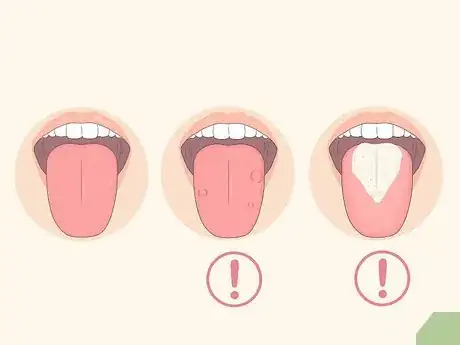
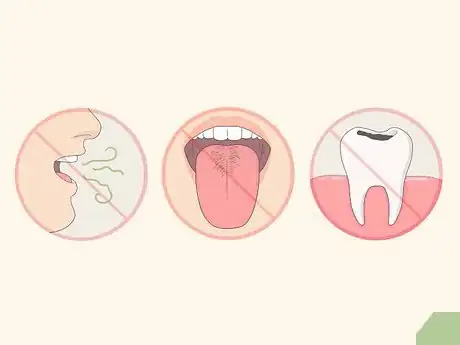
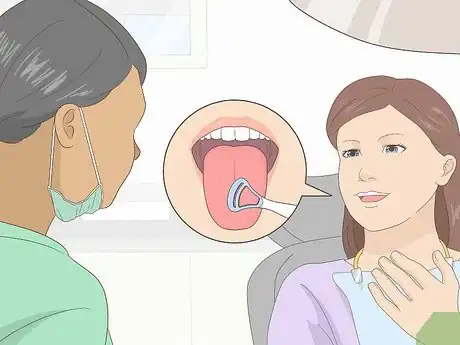
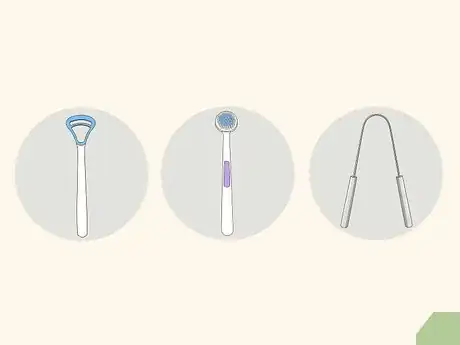


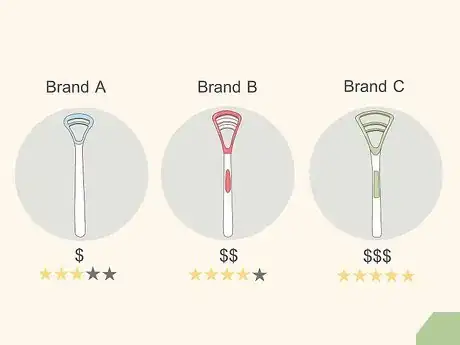
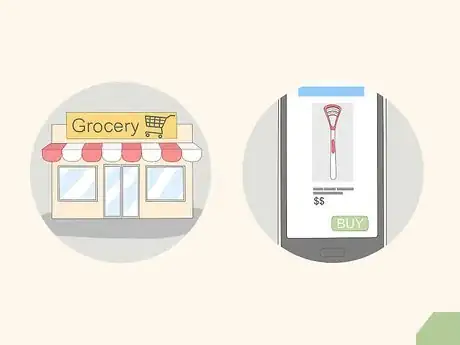

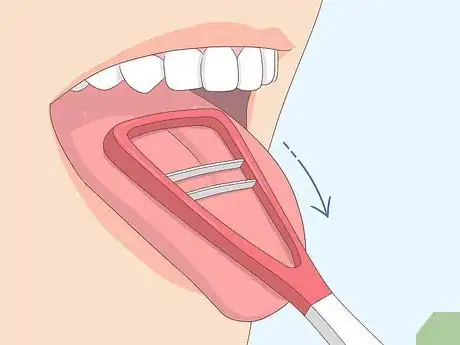
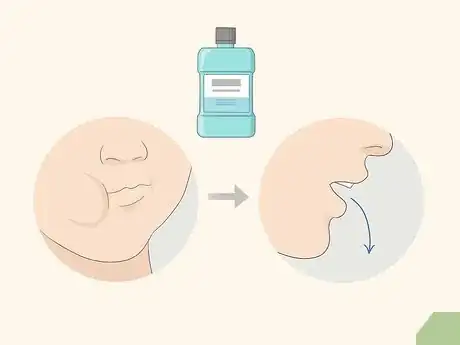

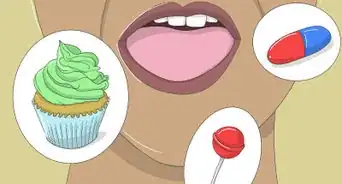



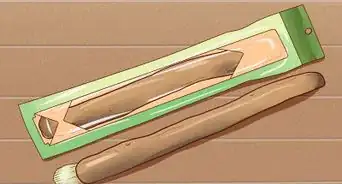
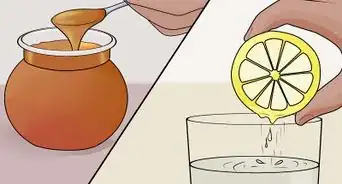

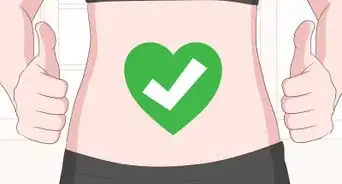
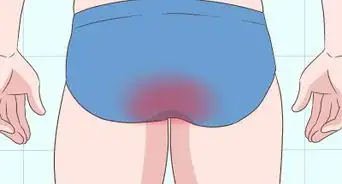
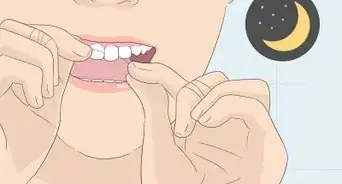
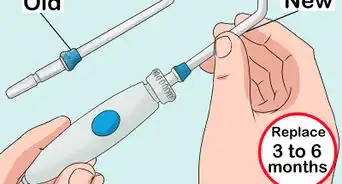
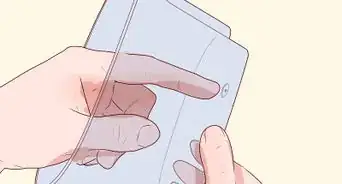
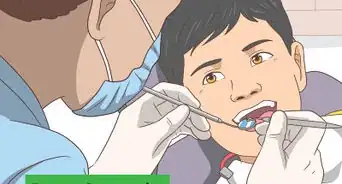









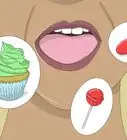
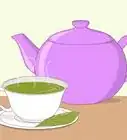





































Medical Disclaimer
The content of this article is not intended to be a substitute for professional medical advice, examination, diagnosis, or treatment. You should always contact your doctor or other qualified healthcare professional before starting, changing, or stopping any kind of health treatment.
Read More...